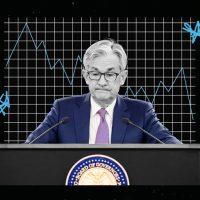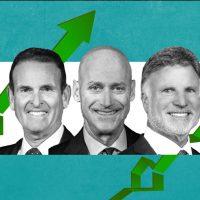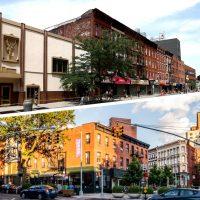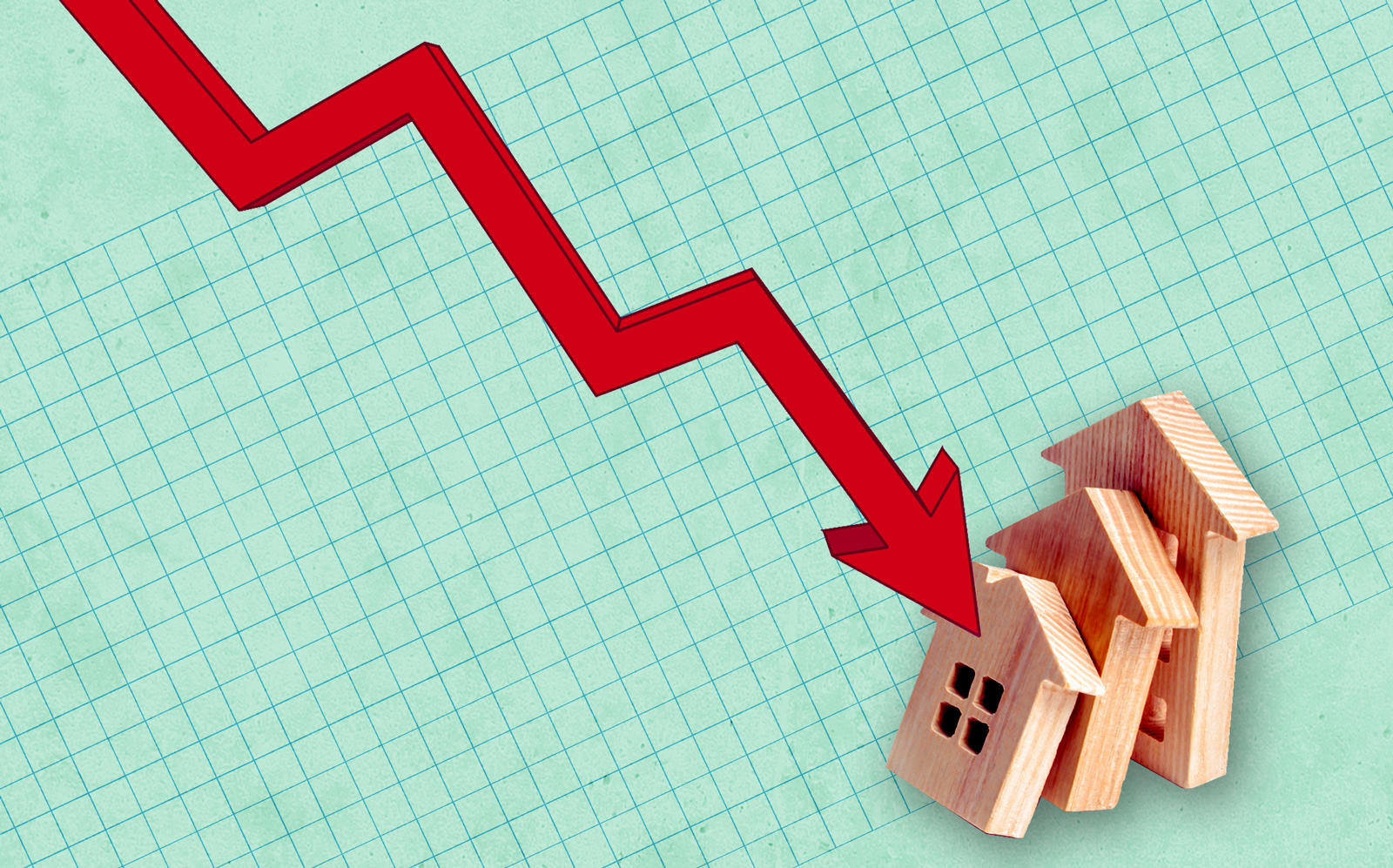The coronavirus pandemic has exacerbated the severe housing supply shortage in the U.S., with the number of homes on the market reaching historic lows.
At the end of July, the National Association of Realtors found that there were 1.3 million single-family homes on the market, the lowest figure for any July since 1982, the Wall Street Journal reported. And in the week ending Sept. 12, the number of available homes was down 29.4 percent from the same time last year, according to Zillow Group.
Read more



“Every year we think, ‘We’re hitting new record lows, it can’t get worse,’ but then it does,” said Danielle Hale, chief economist for Realtor.com.
The shortage has led housing prices to spike: In July, the median price for existing homes jumped past $300,000, an 8.5 percent increase from a year ago, according to NAR. That’s a hindrance for buyers who were lured to the market by lower interest rates, but may be put off by higher prices.
The post-pandemic shortage is a case of supply and demand: There are more buyers looking for homes, and fewer sellers listing them. The high demand for contractors, painters and other home-improvement workers has led to delays in getting homes ready to sell, said Beth Traverso, managing broker at Re/Max Northwest Realtors. Once homes list in her Seattle suburbs market, they find buyers quickly, she told the Journal.
But the lack of homes for resale has led to increased demand for new-build homes. Single-family housing starts were up 4.1 percent in August, according to the Commerce Department. [WSJ] — Akiko Matsuda
